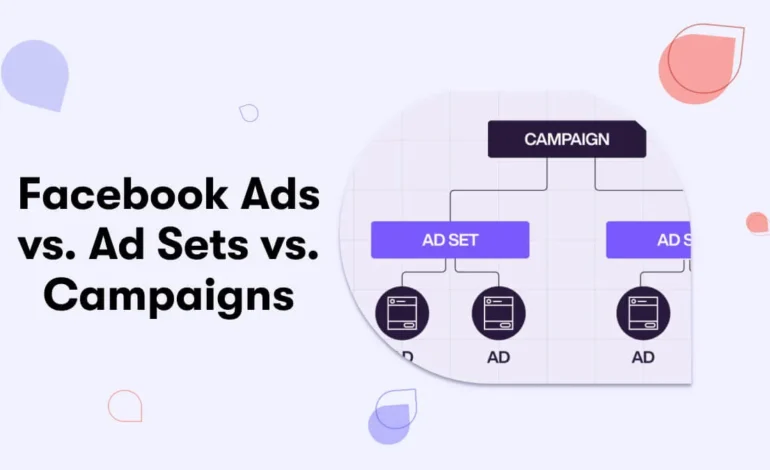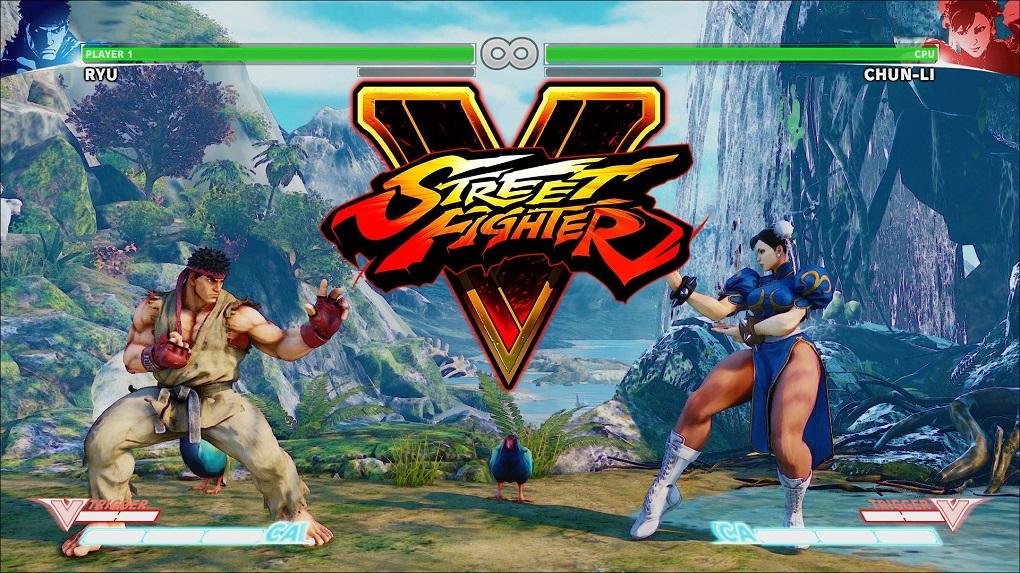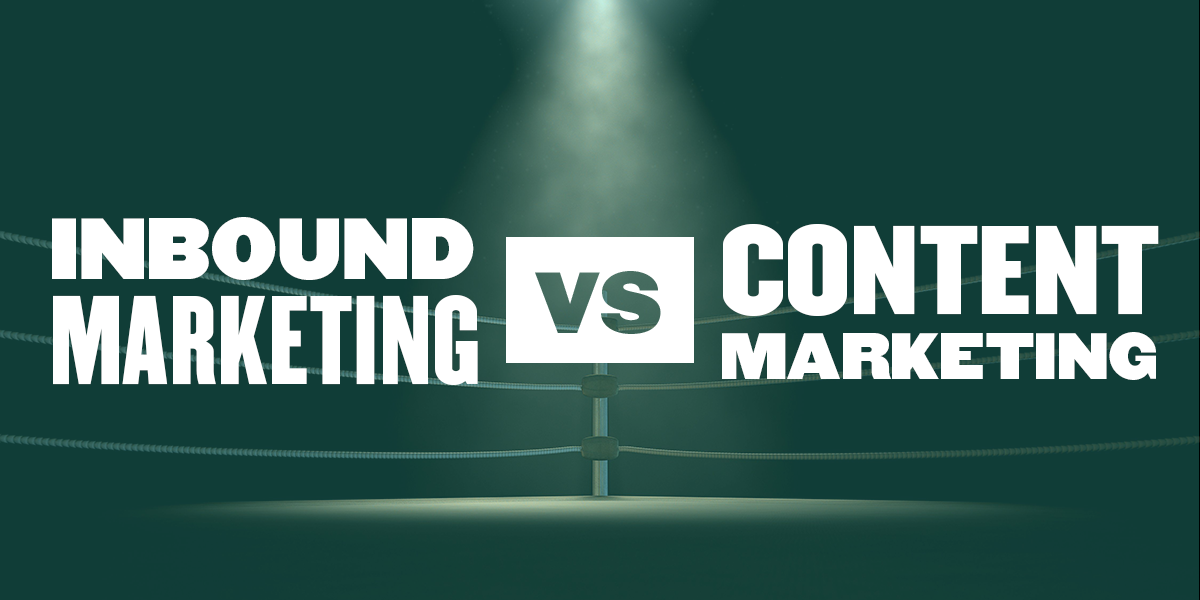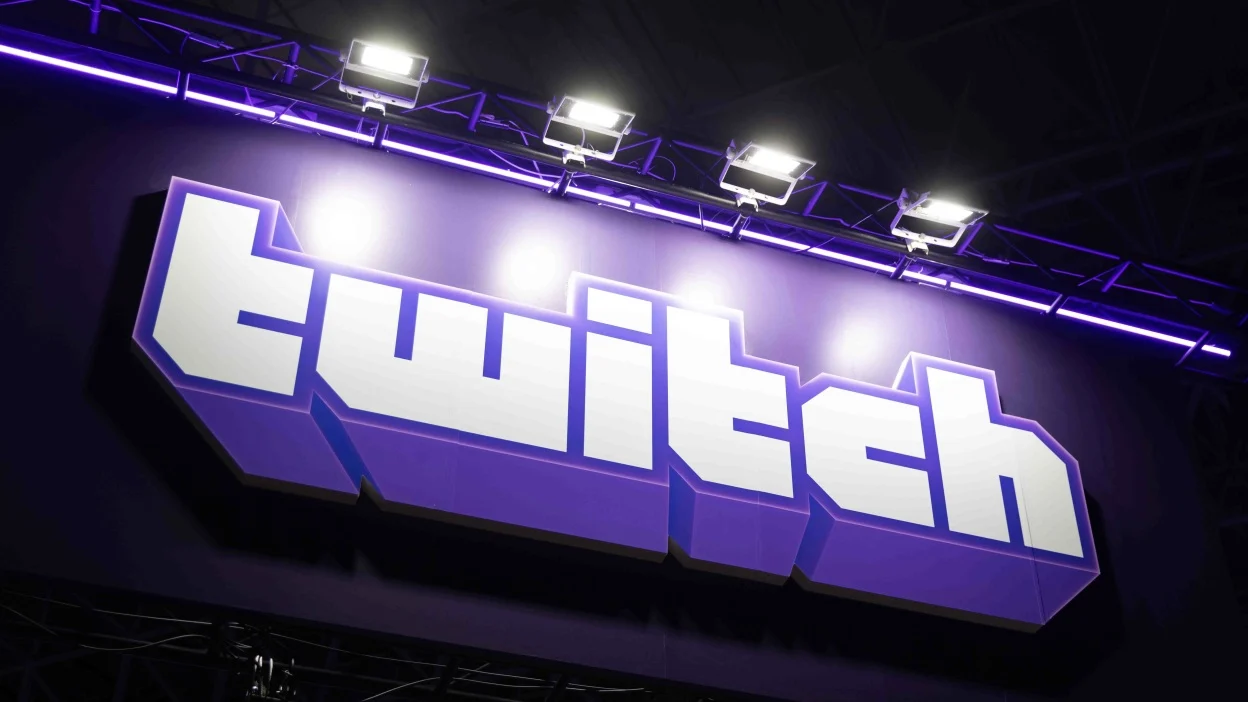5 strategies for better advertising on Instagram

Instagram Advertising has managed to position itself as one of the most interesting options in digital marketing in recent years. Since it shares the same advertising interface as Facebook, it offers a lot of interesting tools and options for marketers; whatever your type of company and your goal, you are sure to find the ingredients to create the campaign of your dreams.
But sometimes we can get lost in so much complexity and not be very clear about the best options for our case. To get the most out of Instagram advertising and not waste time, effort, and budget, you must be very clear about your strategy. To find out how you can define it, read on!
Why are you interested in advertising on Instagram?
Instagram is one of the most powerful social networks in recent years, and unlike some other “fashionable” networks, it is fully implemented among the public in our country. We believe that advertising on Instagram is a safe bet, and these data prove us right:
- In the US alone, Instagram has more than 150 million users. Globally, this network has no less than 500 million active users per day.
- People are particularly active on this social network, as they create 150% more content in Stories than the global average. We are attracted to try new formats, and we are willing to accept them in the advertising we consume.
- Advertising on Instagram is particularly interesting for brands that target a young audience, as 42.8% of users on this network are between 19 and 24 years old, and 33.9% between 25 and 34.
- Instagram is a reference network for finding new content, both from personal contacts and from celebrities and brands. In fact, it is a very popular network among influencers, and the promoted content is particularly popular compared to other networks.
- Instagram’s advertising platform is very versatile, allowing us to tailor campaigns to our goals, our audience, and our brand characteristics.
5 strategies to sweep your Instagram advertising
1) Identify which stage of the conversion funnel you’re in
The Conversion Funnel is a key concept to understand the customer journey and optimize the marketing of our brand. It is a graphical representation of the entire customer acquisition process; It is funnel-shaped because not all contacts who express interest end up generating a conversion, so the volume narrows as we progress.
In general, we usually distinguish the following phases or stages of the conversion funnel:
- Awareness (phase before entering the funnel): the user realizes that they have a need.
- TOFU (top of the funnel): the user begins to look for information to respond to this need. This phase is characterized by very general searches, such as “how to get in shape” or “most effective exercises for X”. Here, our role is to raise awareness of the brand and the need.
- MOFU (middle of the funnel): the user is evaluating different options, for example, gyms to join. Therefore, we must teach them how to choose a solution.
- BOFU (bottom of the funnel): the user has considered the available options and is still interested in our brand. It’s time to put all the meat on the grill to make him decide to buy.
- Conversion: the closing of the funnel, when the user becomes a customer.
As you probably already know, each of these phases can use a different type of advertising, and advertising on Instagram is no exception. For example, if a user is in the early stages of consideration, a purchase-focused ad won’t be effective. But if they are ready to buy, you have to take the opportunity and not just offer generic content.
You may be interested in learning moreHow to monetize and Make Money on Instagram, explained in 7 simple steps.
2) Tailor the ad type to your goal
If you are already clear about which phase of the conversion funnel you are targeting and what you want to achieve, the next step is to “translate” your strategy to advertising on Instagram. Each phase of the funnel corresponds to a specific type of ad. Luckily, Instagram Ads have options to meet all possible needs.
In the TOFU phase, we’re looking for people to start recognizing your brand, but we don’t have a specific conversion goal. The ad types that are best suited to this phase are post-engagement and video views.
In the MOFU phase, we want the user to start interacting with our website and, if possible, to register on it. Once again, advertising on Instagram offers us several types of ads that can be adapted to these goals: those for registrations on the web, those for lead generation, and those that drive traffic to a website.
Finally, in the BOFU phase, we are looking for the user to take a specific action linked to conversion. To do this, we may run ads for app engagement, website conversions (linked to purchase), or app installs.
3) Find your ideal audience
In addition to choosing the right type of ad for our objective, we must also carefully consider the issue of segmentation. Instagram offers many options for creating audiences for ads, but it is important to know what exactly each one entails and use them appropriately.
Again, the type of segmentation to choose will depend on the objectives of the campaign and the phase of the funnel in which we are.
In the initial acquisition phase, what we are looking for is to reach a large number of users, so the segmentation will be based on general parameters such as:
- Broad demographics such as age, gender, location, or language.
- More specific data, such as educational level, important life events, household composition, etc.
- Behaviors: here we can find things such as shopping habits, the use of devices, or certain activities, for example, a regular video game player.
- Categories of partners: types of consumers contracted from third parties through Instagram, for example, a car model.
- Interests: broad (e.g., “cooking”) or specific (based on user activity on Instagram).
In the middle of the funnel, a widely used strategy is “prospecting”, which is based on locating audiences similar to the ones we already have. To do this, we can use these two tools:
- Custom audiences: These are audiences based on data provided by us, for example, a database of customers or visitors to our website.
- Similar audiences: the next step is to create an audience that resembles a previous one, to locate other users potentially interested in the brand. We can adjust the desired percentage of similarity to expand or reduce the audience.
And finally, in the final part of the funnel, we can play with remarketing to re-engage an audience that is already ready to convert.
4) Choose the location of the ads well
When it comes to advertising on Instagram, there’s another key factor besides the type of ad: location. And here we can also choose where our ads are shown to personalize them to the maximum. There are two great options:
- Show your ads in your News Feed. In turn, here we can choose between different creatives: static images, videos, carousels…
- Show your ads in Stories. In this way, we take advantage of the notoriety of this format, which, as we have seen, stands out. Here, we recommend opting for the video format, as it is the one that gives the best results.
5) Always measure results
Along with all these personalization and targeting options, Instagram also offers a lot of data on the performance of ads and campaigns. Take advantage of them!
No strategy is complete without a measurement and reporting plan. So if you want to succeed with your Instagram advertising, set up regular check-ins and don’t stop testing to see what works. The results will be worth it.









